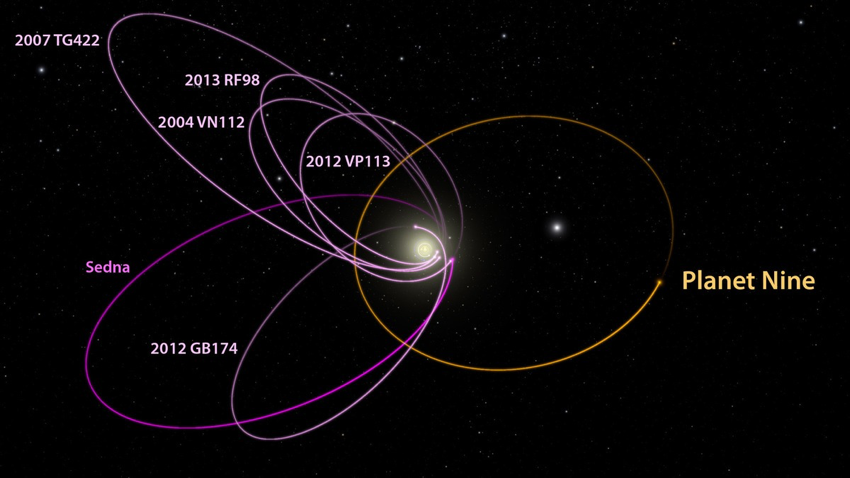Flagship Research Projects
{imageshow sl=23 sc=6 w=800 h=400 /}
FAULTS R GEMS - Properties of FAULTS, a key to Realistic Generic Earthquake Modeling and hazard Simulation
- Details
 Decades of research on earthquakes have yielded meager prospects for earthquake predictability: we cannot predict the time, location and magnitude of a forthcoming earthquake with sufficient accuracy for immediate societal value. Therefore, the best we can do is to mitigate their impact by anticipating the most “destructive properties” of the largest earthquakes to come: longest extent of rupture zones, largest magnitudes, amplitudes of displacements, accelerations of the ground. This topic has motivated many studies in last decades. Yet, despite these efforts, major discrepancies still remain between available model outputs and natural earthquake behaviors. Here we argue that an important source of discrepancy is related to the incomplete integration of actual geometrical and mechanical properties of earthquake causative faults in existing rupture models.
Decades of research on earthquakes have yielded meager prospects for earthquake predictability: we cannot predict the time, location and magnitude of a forthcoming earthquake with sufficient accuracy for immediate societal value. Therefore, the best we can do is to mitigate their impact by anticipating the most “destructive properties” of the largest earthquakes to come: longest extent of rupture zones, largest magnitudes, amplitudes of displacements, accelerations of the ground. This topic has motivated many studies in last decades. Yet, despite these efforts, major discrepancies still remain between available model outputs and natural earthquake behaviors. Here we argue that an important source of discrepancy is related to the incomplete integration of actual geometrical and mechanical properties of earthquake causative faults in existing rupture models.
INPOP and the Search of the Planet P9
- Details
 To explain the unusual distribution of Kuiper Belt objects, several authors have advocated the existence of a super-Earth planet in the outer solar system.
To explain the unusual distribution of Kuiper Belt objects, several authors have advocated the existence of a super-Earth planet in the outer solar system.
It has recently been proposed that a 10 M⊕ object with an orbit of 700 AU semi major axis and 0.6 eccentricity can explain the observed distribution of Kuiper Belt objects around Sedna. Here A. Fienga, J. Laskar and their teams use the INPOP planetary ephemerides model as a sensor for testing for an additional body in the solar system.
We test the possibility of adding the proposed planet without increasing the residuals of the planetary ephemerides, fitted over the whole INPOP planetary data sample. We demonstrate that the presence of such an object is not compatible with the most sensitive data set, the Cassini radio ranging data, if its true anomaly is in the intervals [−130°:−100°] or [−65°:85°]. Moreover, we find that the addition of this object can reduce the Cassini residuals, with a most probable position given by a true anomaly v=117.8°(+11°/-10°).
TRANSLATION IN PROGRESS
REMAKE - Seismic Risk in Ecuador: Mitigation, Anticipation and Knowledge of Earthquakes
- Details
The REMAKE project, funded by the French National Research Agency, aims at developing a pilot prototype of earthquake forecast model in Ecuador and Northern Peru, a region frequently affected by devastating earthquakes, such as the Pedernales earthquake of 16 April 2016. The novelty of the model is that it will integrate all existing and forthcoming knowledge on faults, including their seismic potential quantitatively assessed from geodetic, seismological, and geological approaches. The primary deliverable will address the issues of anticipation of potential future extreme events, in terms of location, size, and frequency, which will be translated into the probability of exceeding the specified ground-motion level.
- SISMED - Seismic Imaging inveStigation in MEDiterranean Sea for deep seismogenic faults
- E-POST - The Early POSTseismic Deformation
- HYDROSEIS - Role of fluids and fault HYDROmechanics on SEISmic rupture
- OBSIVA - Virtual Seismological Observatory for the Lesser Antilles Subduction
- TO-EOS - The Tohoku-Oki Earthquake from Earth to Oceans and Space
UMR Géoazur
Campus Azur du CNRS
250 rue Albert Einstein
- CS 10269 - F 06905 SOPHIA ANTIPOLIS Cedex
+33 (0)483 618 500




